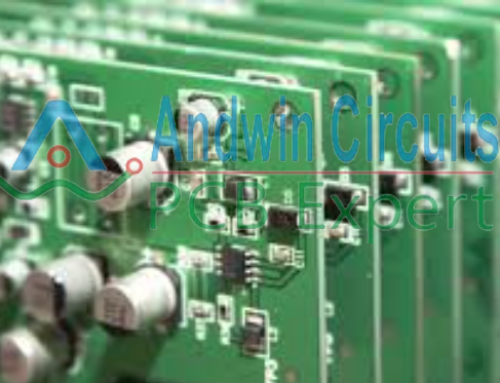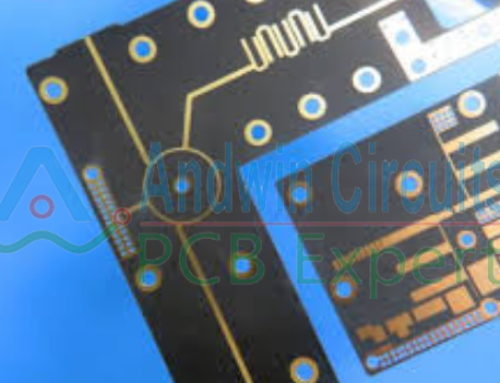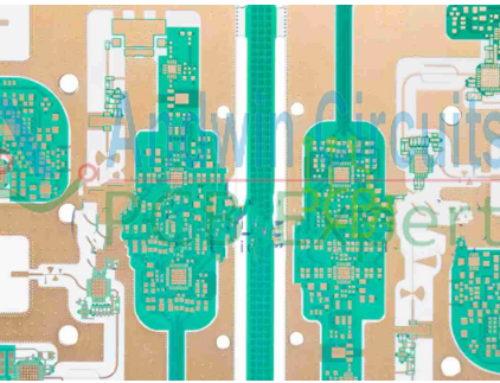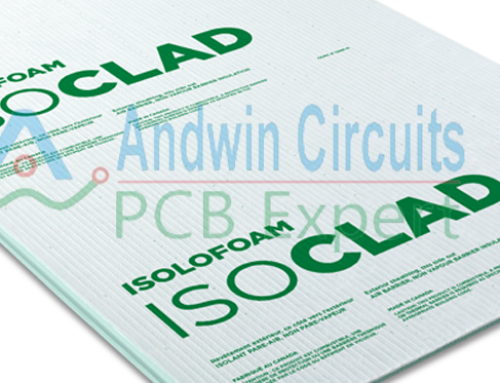What is flex pcb impedance control?
Impedance control is an important consideration in the design and manufacture of flexible printed circuit boards (flex PCBs) as it affects the signal integrity and performance of the circuit. The following are some ways in which impedance control can be achieved in flex PCBs:
1. Trace width and spacing:
The width and spacing of the traces on the flex PCB can be adjusted to achieve the desired impedance.
A narrower trace width and smaller spacing will result in a higher impedance,
while a wider trace width and larger spacing will result in a lower impedance.
2. Dielectric constant:
The dielectric constant of the material used in the flex PCB can also affect the impedance.
Materials with a higher dielectric constant will result in a lower impedance,
while materials with a lower dielectric constant will result in a higher impedance.
3. Layer stackup:
The layer stackup of the flex PCB can also affect the impedance.
By adjusting the thickness and spacing of the different layers, the desired impedance can be achieved.
4. Controlled impedance routing:
This involves using specific routing techniques to ensure that the impedance of the signal traces is maintained throughout the circuit.
This can include using differential pairs, vias, and other techniques to minimize signal loss and maintain signal integrity.
Overall, achieving impedance control in flex PCBs requires careful design and manufacturing processes,
as well as the use of specialized software and tools to ensure that the desired impedance is achieved.
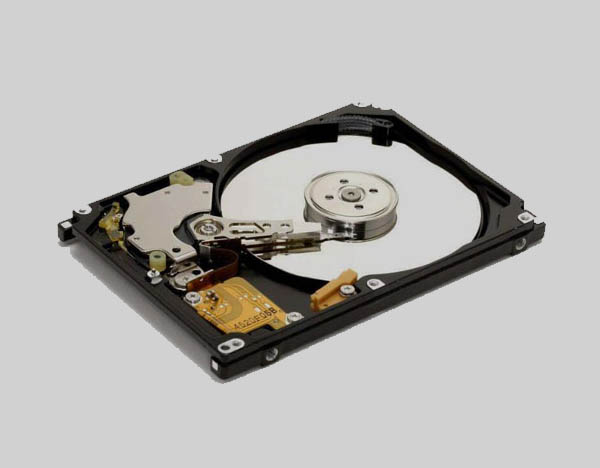
flex circuit vs pcb
Flex circuits and PCBs (printed circuit boards) are both used in electronics and have their own advantages and disadvantages.
Flex circuits, also known as flexible printed circuits or FPCs, are made of thin and flexible materials such as polyimide or polyester.
They can be bent, twisted, and folded to fit into tight spaces, making them ideal for applications where space is limited.
Flex circuits also have a high resistance to vibration and shock, making them suitable for use in products that undergo frequent movement or impact.
However, the manufacturing process for flex circuits is more complex and expensive than that of PCBs, and they are not as durable as PCBs.
PCBs, on the other hand, are rigid boards made of materials such as fiberglass or epoxy resin.
They are more durable than flex circuits and can withstand higher temperatures and pressures.
PCBs are also less expensive to manufacture than flex circuits, making them a more cost-effective option for high-volume production.
However, PCBs are not as flexible as flex circuits and are not suitable for applications where space is limited or where frequent movement or impact is expected.
In summary, flex circuits are ideal for applications where flexibility and space-saving are important,
while PCBs are better suited for applications where durability and cost-effectiveness are the main priorities.
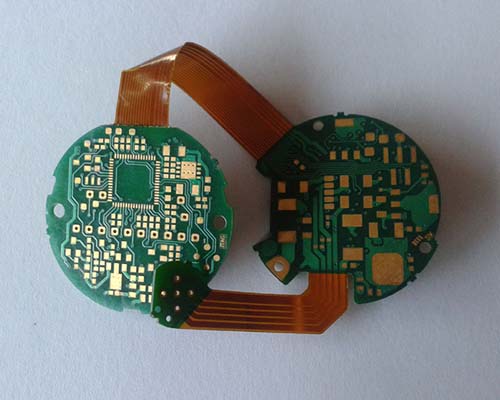
The connection between flexible circuits and printed circuit boards
Flexible circuits and printed circuit boards (PCBs) are both types of electronic interconnects used to connect electronic components within a device or system. However, there are some key differences between the two.
Flexible circuits, also known as flex circuits or flexible printed circuits, are thin, lightweight,
and bendable circuits made of a flexible substrate material, such as polyimide or polyester film.
They are ideal for applications where space is limited or where the circuit needs to conform to a specific shape or contour.
Flexible circuits are typically used in devices such as smartphones, laptops, and medical devices.
Printed circuit boards, on the other hand, are rigid boards made of a non-conductive substrate material,
such as fiberglass or ceramic, with conductive copper traces etched onto the surface.
They are used in a wide range of electronic devices, from simple toys to complex industrial equipment.
Despite their differences, flexible circuits and PCBs are often used together in electronic devices.
For example, a flexible circuit may be used to connect a display to a PCB, or a PCB may be used to connect multiple flexible circuits together.
In some cases, a hybrid approach may be used, where a flexible circuit is laminated onto a rigid PCB to create a flexible-rigid hybrid circuit.
Overall, the connection between flexible circuits and printed circuit boards is one of complementary technologies that enable the creation of complex and innovative electronic devices.
Other PCB products, you may interesting










